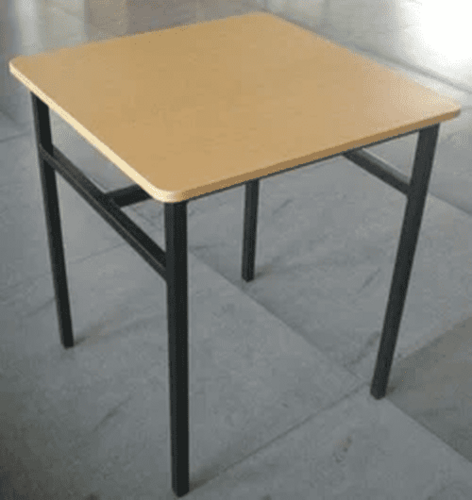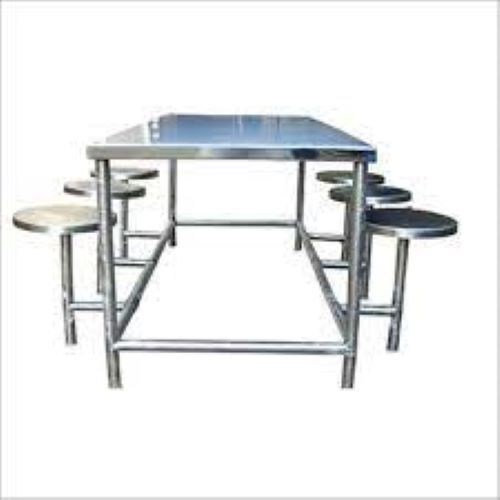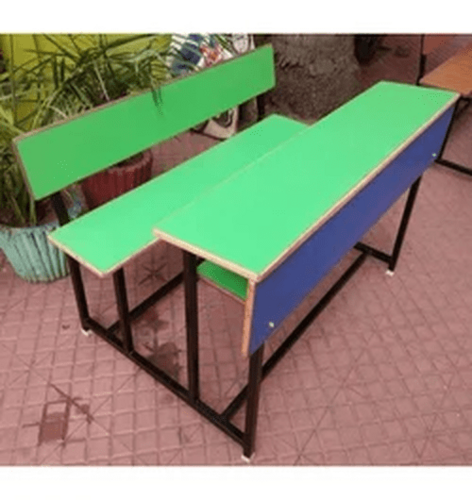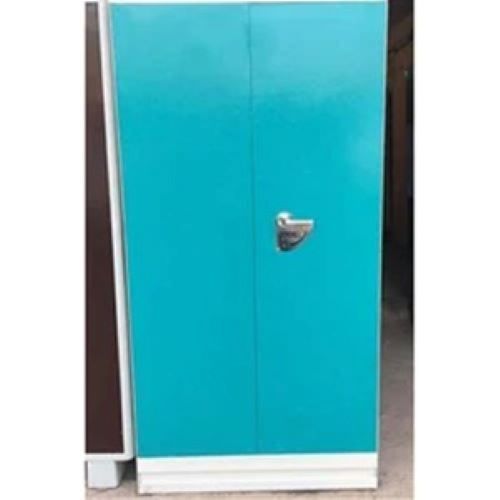Storage Lockers
Product Details:
- Size Standard
- Origin India
- Material Steel
- Type Storage Lockers
- Color Grey
- Feature Eco-Friendly Easy To Clean
- Click to View more
Storage Lockers Price And Quantity
- 50 Piece
- 18000.00 INR/Piece
Storage Lockers Product Specifications
- Eco-Friendly Easy To Clean
- Grey
- Storage Lockers
- Steel
- India
- Standard
Storage Lockers Trade Information
- 7 Days
Product Description
Storage lockers are secure compartments or containers designed for the temporary storage of personal belongings. They are commonly used in various settings such as schools, gyms, workplaces, public spaces, and recreational facilities. Storage lockers provide individuals with a safe and designated space to store their items while they are engaged in activities or away from their primary location. Here are some key features and types of storage lockers:
1. Material
- Metal Lockers These are the most common type of lockers and are often made of steel. They are durable, secure, and suitable for a wide range of environments.
- Plastic Lockers Plastic lockers are lightweight, resistant to moisture, and corrosion. They are often used in areas with high humidity, such as swimming pools or fitness centers.
2. Types
- Single-Tier Lockers These lockers consist of one vertical compartment, providing ample space for hanging items and storing larger belongings.
- Multi-Tier Lockers Multiple stacked compartments within a single unit, suitable for smaller items and situations where space efficiency is crucial.
- Box Lockers Similar to single-tier lockers but smaller in size, often used when individual space is limited.
- Specialty Lockers Some lockers are designed for specific purposes, such as laptop lockers, charging lockers, or uniform lockers with separate compartments for different pieces of clothing.
3. Features
- Locking Mechanism Lockers typically come with various locking mechanisms, including built-in combination locks, key locks, or padlocks. Electronic or digital locks are also becoming more common.
- Ventilation Many lockers are designed with ventilation holes to allow air circulation, preventing odors and promoting a fresh environment.
- Number Plates Lockers often have number plates or slots for users to label or identify their assigned locker.
4. Uses
- Schools and Educational Institutions Students often use lockers to store books, backpacks, and personal items.
- Workplaces Employees may use lockers for storing personal belongings, work gear, or uniforms.
- Fitness Centers Gym-goers use lockers to secure their belongings while exercising.
- Public Spaces Lockers in public spaces such as transportation terminals or libraries provide a secure place for individuals to store their items temporarily.
When selecting storage lockers, considerations include the intended use, the durability of materials, security features, and available space in the designated area. The specific requirements may vary depending on the industry or environment where the lockers are deployed.

Price:
- 50
- 100
- 200
- 250
- 500
- 1000+
Other Products in 'College Furniture' category
 |
S. R. ENGINEERING WORKS
All Rights Reserved.(Terms of Use) Developed and Managed by Infocom Network Private Limited. |
 Send Inquiry
Send Inquiry





